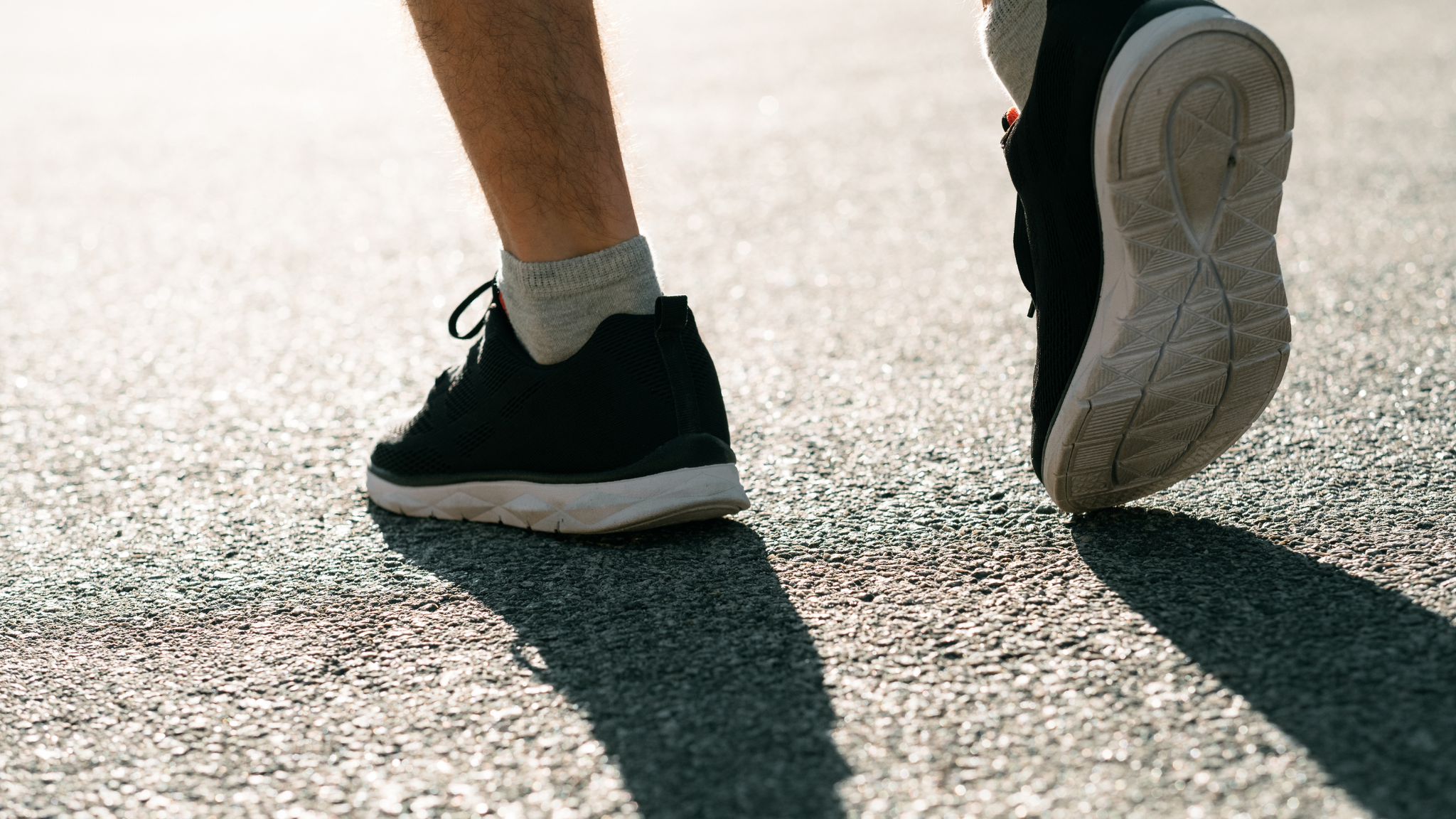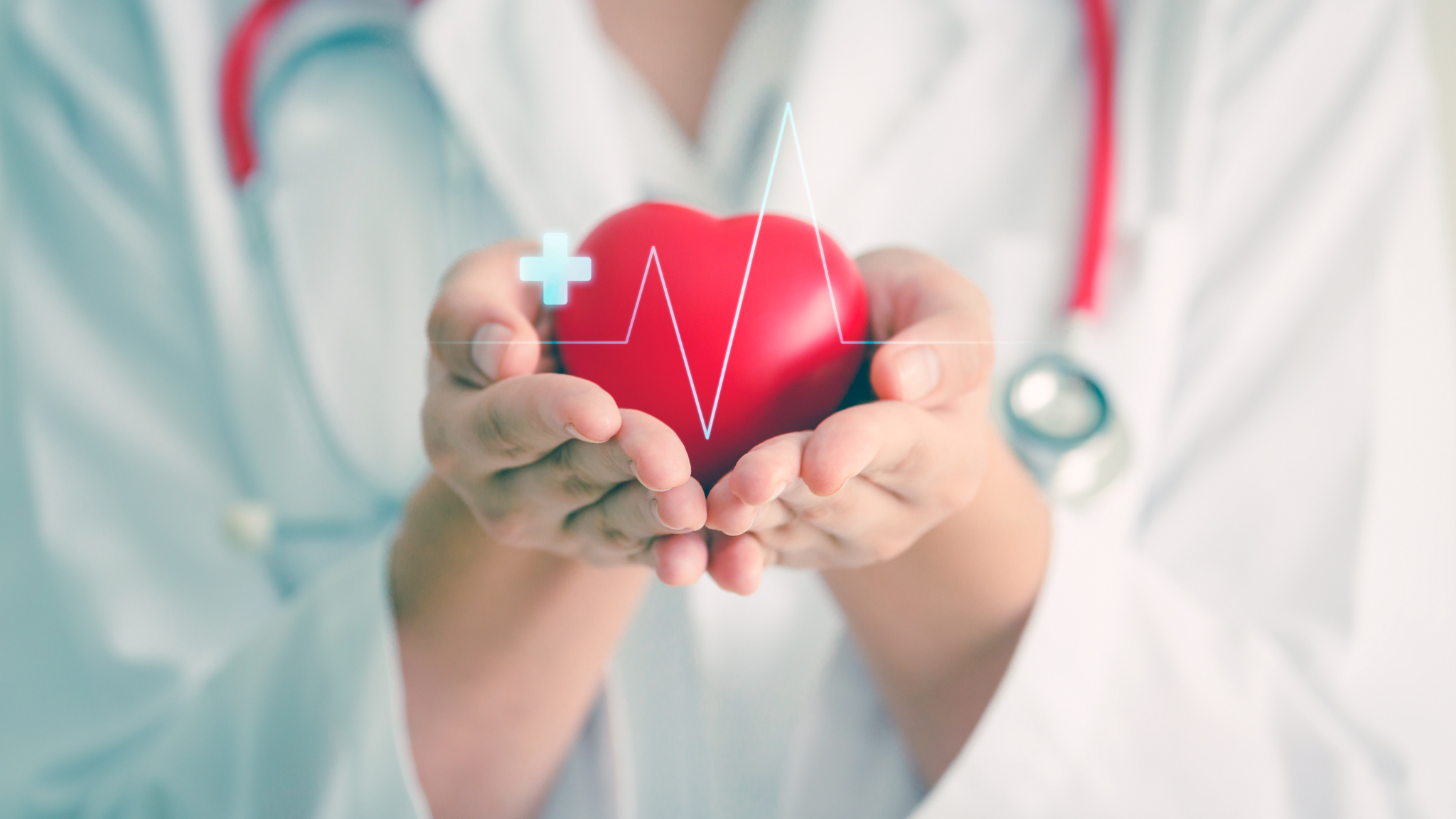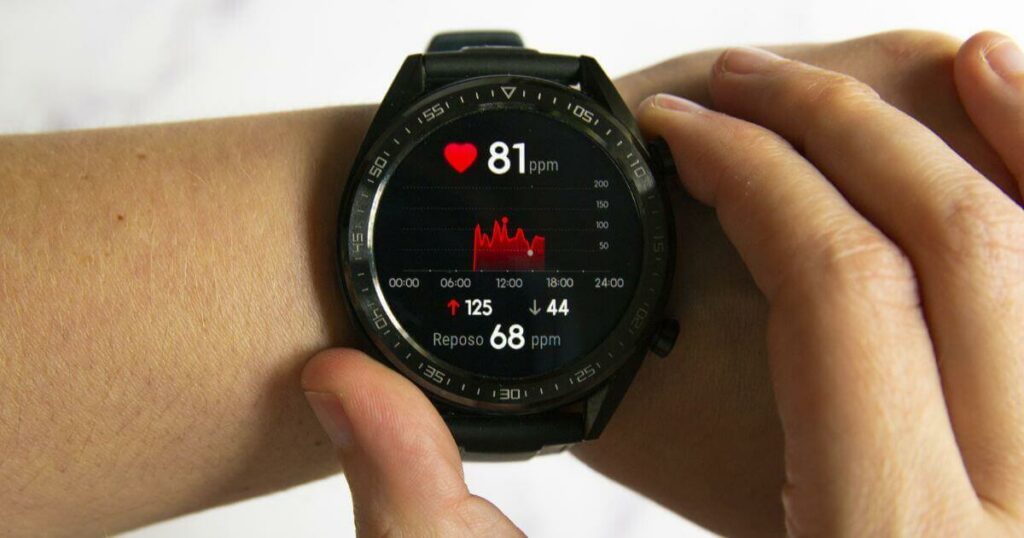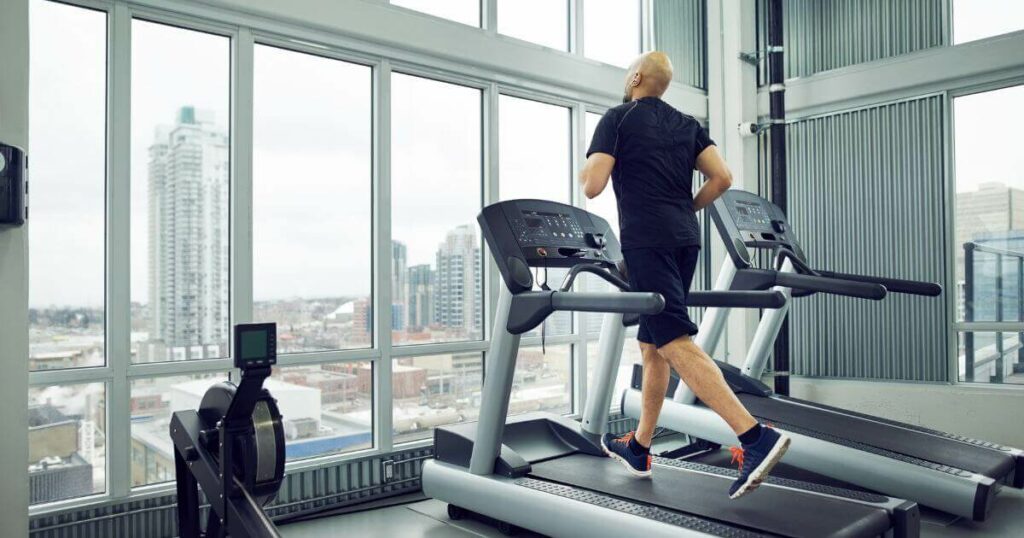Leaky heart valve disease (also called “heart valve regurgitation“) can lead to several health complications if it’s not treated accordingly. Those who used to have an active physical lifestyle often stop doing their exercise program because they’re scared about further health complications. However, there are still options for those who want to keep their heart health in check; as long as you start doing the best exercise for a leaky heart valve, you’ll be safe.
Someone who’s having a heart valve disease surrounding their tricuspid/mitral/aortic valve can still do physical activity without risking their health.
In these cases, a low-intensity exercise program can improve cardiovascular health without risking the condition getting worse.
Now, what’s the best exercise routine for those with a tricuspid/aortic/mitral valve leak? We will tell you all about it on this page.
Make Sure to Ask Your Doctor Before Starting Any Exercise Program
Even though a lower exercise intensity can help those who have this particular type of valvular heart disease, it’s essential that they first talk to their doctor before starting any program.
Lifting heavy weights, for example, can cause blood flow problems/larger spikes in your blood pressure, which can make the problem even worse. However, low-intensity, body-weight training can bring several benefits.
A person with acquired or congenital heart defects can assess whether certain exercises are appropriate to avoid high blood pressure and chest pain problems.
Moreover, those who are recovering from heart valve surgery must also seek medical advice before engaging in physical activity again.
These professionals will be able to come up with the best program to achieve a healthy cardiovascular system through different moderate exercises.
What’s the Best Exercise for Those with Leaky Heart Valve Disease?

Now, what’s the best exercise for those with heart valve disease? There are a few options you can consider, and the “best” option will depend on your current physical condition and needs.
Swimming
Swimming can be a fun and exciting activity for those with heart valve disease. Besides helping those with a leaky mitral, aortic, or tricuspid valve, this activity is also great to improve your stamina.
Moderate-to-vigorous exercise intensity should be fine for most people. However, remember to ask your doctor before increasing the difficulty of your routine.
Some people with more severe valvular heart disease should avoid high-intensity workouts, as this could cause complications.
Now, what’s the right way to start swimming?
Typically, people recommend doing this activity three to five times a week. You should start with shorter swimming sessions and increase the intensity gradually until you find a rhythm that feels right.
If you want to mix things up a bit, you can combine your swimming sessions with other aerobic exercises.
Yoga
Even though some people don’t consider yoga as efficient as other activities, it’s one of the most efficient ones you can do to promote heart benefits.
Yoga often combines light-moderate exercise with deep breathing sessions, which can help avoid a heart attack and other complications.
Overall, yoga is one of the safest and healthiest options for both younger and older people. However, those who are new to this activity should begin with basic exercises before moving on to the “expert” poses.
On the other hand, you can talk to your doctor and instructor to see which poses you should avoid altogether, as some could spike your blood pressure levels or cause other problems.
Cycling
Cycling is a great exercise for those who want to “move” more while they exercise, which is something they don’t typically get with basic yoga sessions, for example.
As with all the previous activities, make sure you start with the basics and gradually increase the intensity. Try not to go for high-intensity cycling sessions right away, as this could make your heart rate increase too much.
Moreover, make sure you’re able to measure your heart rate whenever you’re cycling, even though some people check their heart rate as soon as they’re done, we also suggest you do it while you’re cycling (as long as it’s safe to do it).
Stretching
Stretching frequently can provide you with several different benefits, including:
- Reduced stress
- Improved mobility and flexibility
- Improved heart health
Overall, you can stretch daily, as it’s a low-impact activity. Most people stretch every key muscle group for at least 30 seconds, although you can go further if your doctor allows it and you feel comfortable.
Try to avoid any poses that place your head below your heart, as that could lead to a higher blood pressure level.
Walking
Walking is considered, by many, the best low-impact activity you can start with in your recovery journey.
As long as you don’t overdo it and go at your pace, you will be able to enjoy the cardiovascular benefits that walking provides.
According to the American Heart Association, you should aim to walk slightly faster than usual for this workout.
However, you should also be able to keep a conversation with someone else at this speed, so try to find the right level for you on your first session, and work from there.
Once you finish your walking session, you can also take a few minutes to stretch; this will make you feel much better at the end of the day.
What About Strength Training?

As mentioned before, lifting heavy weights isn’t recommended for those with heart valve disease, as that could cause problems with your heart rate and blood flow.
However, depending on your current condition, you could be able to lift lighter weights or do exercises with your body weight.
These exercises will still provide you with the health benefits you need when recovering without risking your overall health.
If you’re planning on doing any kind of strength training, make sure you talk to your doctor and a physical trainer too.
Bottom Line – Improve Your Cardiovascular Health with the Right Routine
Physical activity certainly has many benefits for your heart health, but you must first evaluate which exercise is best for your current condition. Not all bodies and symptoms are the same, so you must evaluate your options with a medical professional first.
Once you find the perfect exercise for you and get help from your doctor, make sure to start slow and with controlled movements; you’ll be able to regain your active lifestyle sooner than later.





















